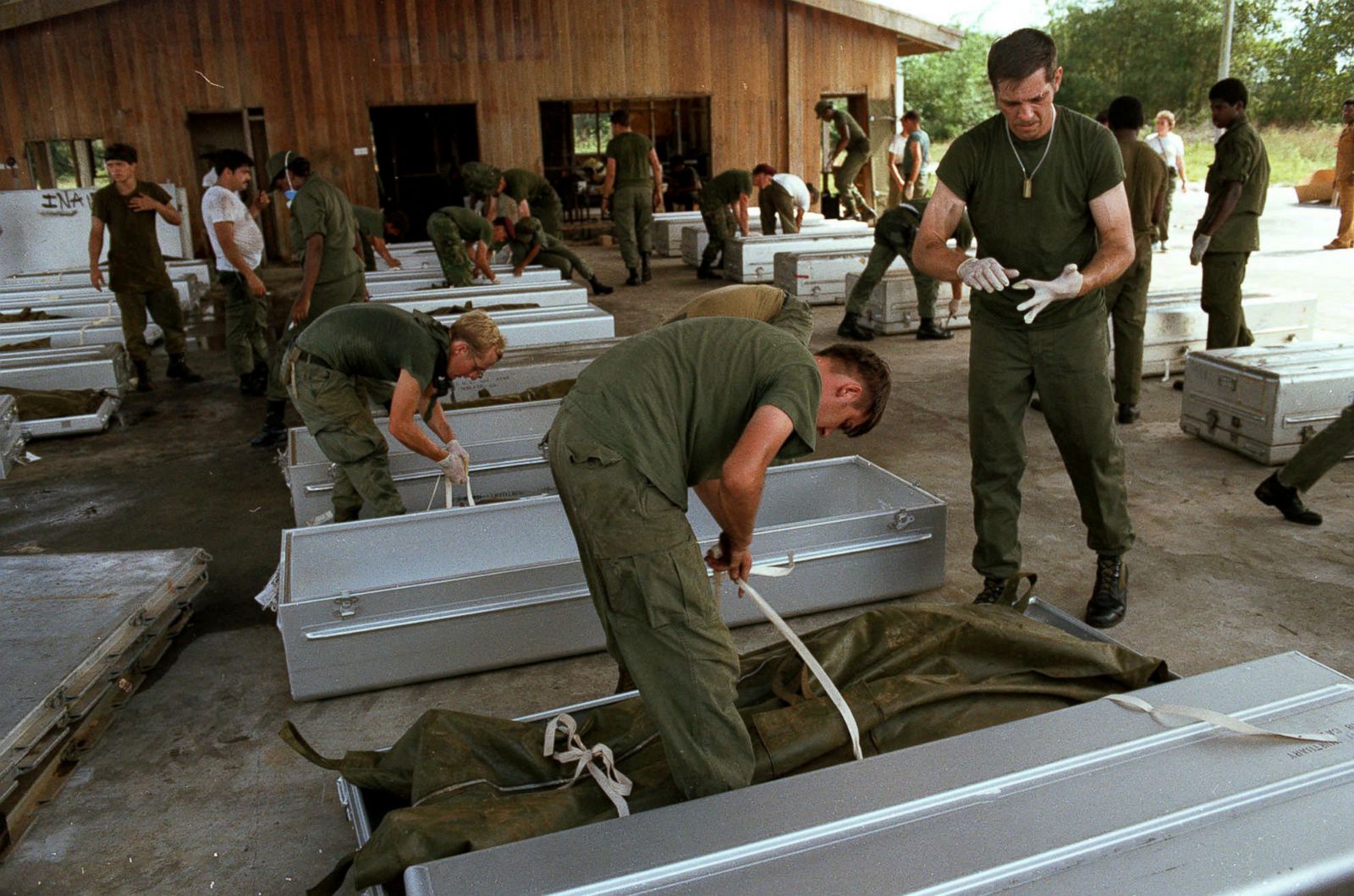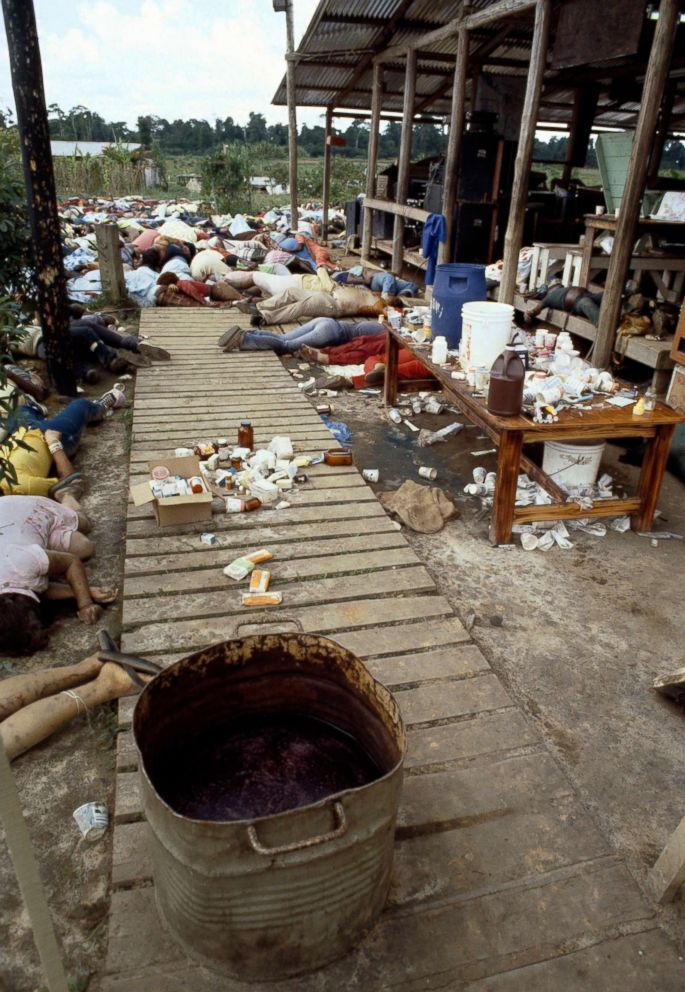The Jonestown Tragedy: A Comprehensive Guide To The Massacre

The Jonestown tragedy stands as one of the most harrowing events in American history. On November 18, 1978, over 900 members of the Peoples Temple, led by Jim Jones, died in a mass suicide in Guyana. This tragic incident highlights the dark side of cult psychology and the power of manipulation. In this guide, we will delve into the background of Jim Jones, the events leading to the massacre, the tragic day itself, its aftermath, and the lessons learned from this chilling historical event.

Background of Jim Jones and the Peoples Temple
The Rise of Jim Jones
Jim Jones was born on May 13, 1931, in Crete, Indiana. From a young age, he displayed a strong interest in religion and social justice. In 1955, he founded the Peoples Temple, promoting a message of racial equality and community living. His charisma attracted followers, and the Temple grew rapidly, especially during the civil rights movement.
Ideology and Practices
The Peoples Temple preached a unique blend of Christian doctrine, socialism, and communal living. Members believed they could create a utopian society free from discrimination. However, as the group expanded, Jones's leadership became increasingly authoritarian. He employed various psychological manipulation techniques to maintain control over his followers, such as:
- Isolation: Jones encouraged members to sever ties with family and friends outside the Temple.
- Fear Tactics: He often warned followers of impending disasters, further binding them to the group.
- Mind Control: Techniques like sleep deprivation and repeated indoctrination sessions were common.
- Love Bombing: New members received intense affection, creating emotional dependency.
- Public Confessions: Members were encouraged to confess sins publicly, fostering a sense of shame and loyalty.
The combination of these tactics created an environment where dissent was virtually impossible.

The Events Leading to the Massacre
Growing Tensions
By the mid-1970s, tensions within the Peoples Temple escalated. The group's increasing isolation attracted scrutiny from the media and concerned families. Reports of abuse and exploitation were growing louder. In response, Jones moved his followers to a remote settlement in Guyana, believing it would shield them from outside interference.
A Turning Point
In 1978, Congressman Leo Ryan visited Jonestown to investigate claims of abuse. His arrival marked a pivotal moment. After witnessing the unsettling conditions, Ryan and several defectors attempted to leave. Tragically, Jones’s followers ambushed them at the airstrip, killing Ryan and four others. This violent act pushed Jones to a breaking point.

The Day of the Jonestown Massacre
A Chilling Decision
On November 18, 1978, in the aftermath of the airstrip shooting, Jim Jones gathered his followers. He instilled a sense of urgency, claiming that they faced an imminent threat from the outside world. In a dramatic and horrifying scene, he introduced a lethal concoction of cyanide-laced Flavor Aid.
The Mass Suicide
As members drank the poison, Jones urged them to embrace death as a release from their suffering. The scene was tragic and chaotic. Some individuals resisted, while others complied willingly. Ultimately, over 900 lives were lost, making it one of the largest mass suicides in history.

Aftermath and Legacy of Jonestown
Immediate Effects
The Jonestown tragedy left a profound impact on survivors and the families of those who perished. Many survivors faced guilt and trauma as they grappled with their experiences. Media coverage of the event shocked the nation, leading to an increased awareness of cult dynamics and manipulation.
Long-Term Consequences
In the years following the tragedy, the legacy of Jonestown sparked discussions about mental health, cult psychology, and the need for better support systems for vulnerable individuals. Additionally, the event influenced how society views new religious movements and the potential dangers they may pose.

Lessons Learned from the Jonestown Tragedy
Psychological Insights
The Jonestown tragedy serves as a cautionary tale about the dangers of charismatic leadership and psychological manipulation. It highlights the importance of critical thinking and skepticism when evaluating authority figures. Key takeaways include:
- The Power of Isolation: Cults often isolate members to maintain control.
- Fear as a Tool: Manipulators use fear to prevent dissent.
- Emotional Dependency: Leaders may create emotional bonds that make leaving the group nearly impossible.
- Public Accountability: Encouraging public confessions can deepen loyalty and shame.
Understanding these dynamics can help individuals recognize and avoid similar situations in the future.
Conclusion
The Jonestown tragedy stands as a stark reminder of the potential for manipulation within cults and the devastating consequences that can follow. By examining the events that led to this tragedy, we gain insight into the psychology of control and the importance of vigilance in the face of charismatic authority. As we reflect on this dark chapter in history, it is essential to remain aware of the signs of manipulation and to promote open dialogue about mental health and the influence of cults. For more information on this topic, consider exploring resources on cult psychology and historical events.